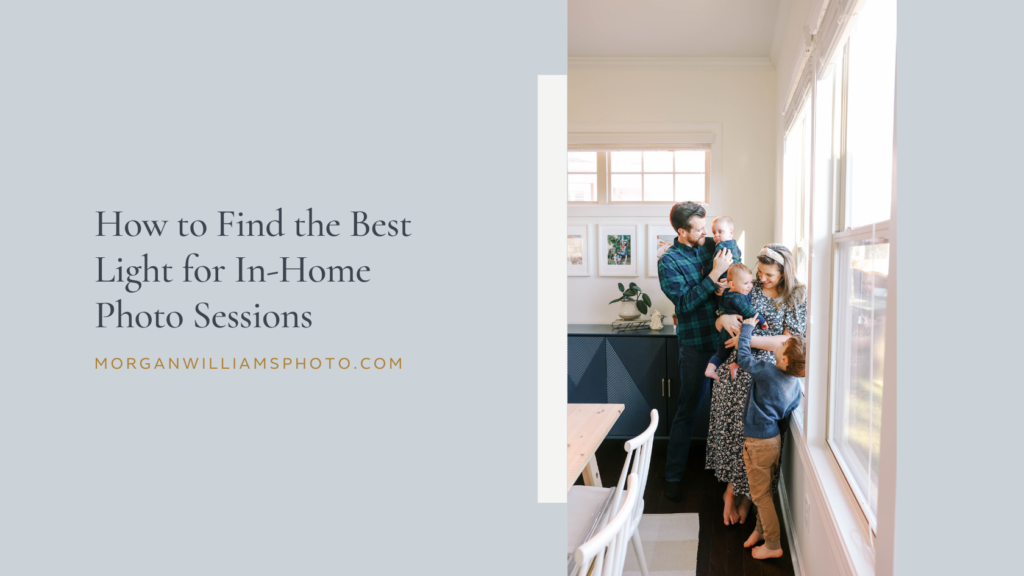
One of the most common questions I get is, “How do you find good natural light for in-home photo sessions?”. And I can understand why!
Most natural light photographers are used to shooting in outdoor settings where there’s light everywhere. Yes, there are still strategic ways to use it outdoors that can level up your photos, but there’s no lack of it like there can be inside.
Shooting indoors doesn’t have to be terrifying, though. It’s actually the most fun setting in my opinion. But you must know how to use the light and prep your clients accordingly.
Find the rooms with the best light
The number one tip I can give you is to use the side of the house the light is shining in on. This may mean your session takes place in the guest bedroom and the dining room rather than all of the “conventional rooms” like the main bedroom, kitchen and living room.
But the light has more potential to make or break your session than the actual room you’re in. Trust me here.
I understand if you’re shooting a newborn session and the family really wants the nursery captured. Then by all means, make it a point to document it. But do not photograph the majority of the session in that room just because it’s the nursery.
The photos will turn out infinitely better if you focus on where the light is.
How to use natural light in photographs indoors
Once you’ve determined which rooms you’re using, now you need to understand how exactly to use that light.
For the sake of simplification, I’m going to break this down into three categories: direct light, side light and backlight.
Direct light
In using direct light, your subject is standing facing the window. You, as the photographer, are standing facing your subject but not blocking the light coming in from the window.
This is the easiest type of light to understand and use, and if you’ve never photographed indoors, this is a good place to start. The drawback is that it doesn’t offer any dimension to your photos, because it’s mostly creating highlights on your subject and not much in terms of shadows.
Side light
Side light is one of my favorite types of light to use in an in-home session. In using this type of light, both you and your subject are standing facing each other near the window. Rather than your subject’s whole body facing the window, their shoulder or side of their body should be facing the window.
I recommend starting out at a 90 degree angle using this type of light. As you, the photographer, decrease that angle by moving towards the window, your highlights will increase. As you increase the angle by moving away from the window, your shadows will increase.
One of the reasons I love side lighting is because it creates beautiful dimension in your photos. They tend to look less flat and have more life to them because of the way the shadows and highlights work together.
I’ve included a diagram below to better explain this since it can be difficult to understand by only reading!
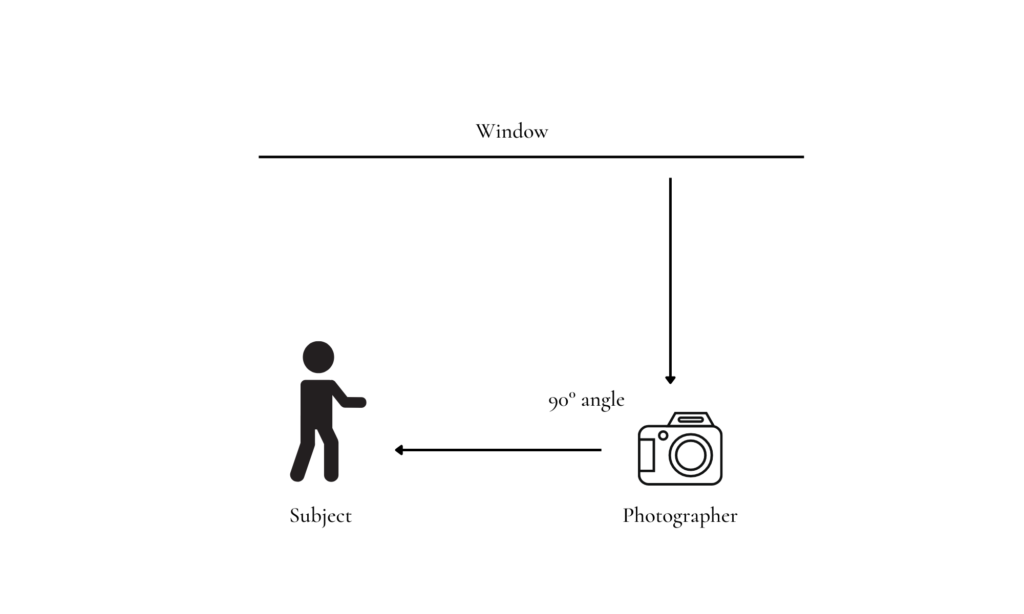
Backlight
If you backlight in your outdoor photos, you use this in much the same way in an indoor setting. It can be much more challenging indoors, though, depending on how much natural light the home has.
I actually recommend only using backlight indoors in a home that has good natural light. Otherwise, the shadows on your subjects’ faces may be too harsh to correct in post.
If you’re in a home with good natural light and choose to backlight, though, be sure that you don’t let the light go directly into your lens! If you do, it will create flare and haze that can totally botch the entire photo.
Instead, be sure either your subject or another object like the window frame is blocking the direct light from flowing into your lens.
The other option here is to use a reflector to reflect the light back onto the front side of your subject if you’re in a home without optimal lighting. I tend not to do this because I pose and direct with a lot of movement. Reflectors usually get in the way for me. But if it works for you, then by all means, use it!
Understanding indoor lighting creates consistency in photos
Many times I hear photographers say that they can’t achieve consistency in editing their indoor photos. This may come as a surprise to you, but the majority of the time this has more to do with the light the photograph was actually taken in rather than in how it’s edited.
If you’re always finding the best light inside a home and using it in the best ways as I’ve outlined above, then maintaining consistency in how your in-home photos look will become infinitely easier.
All in all, indoor light can be extremely beautiful and flattering. I know it can be intimidating if you’re used to photographing outdoors, but once you get the hang of it I’m confident you’ll love it.
If you have questions about how to find and use natural light indoors, leave a comment below!
Leave a Reply
Our Favorite Posts
don't miss
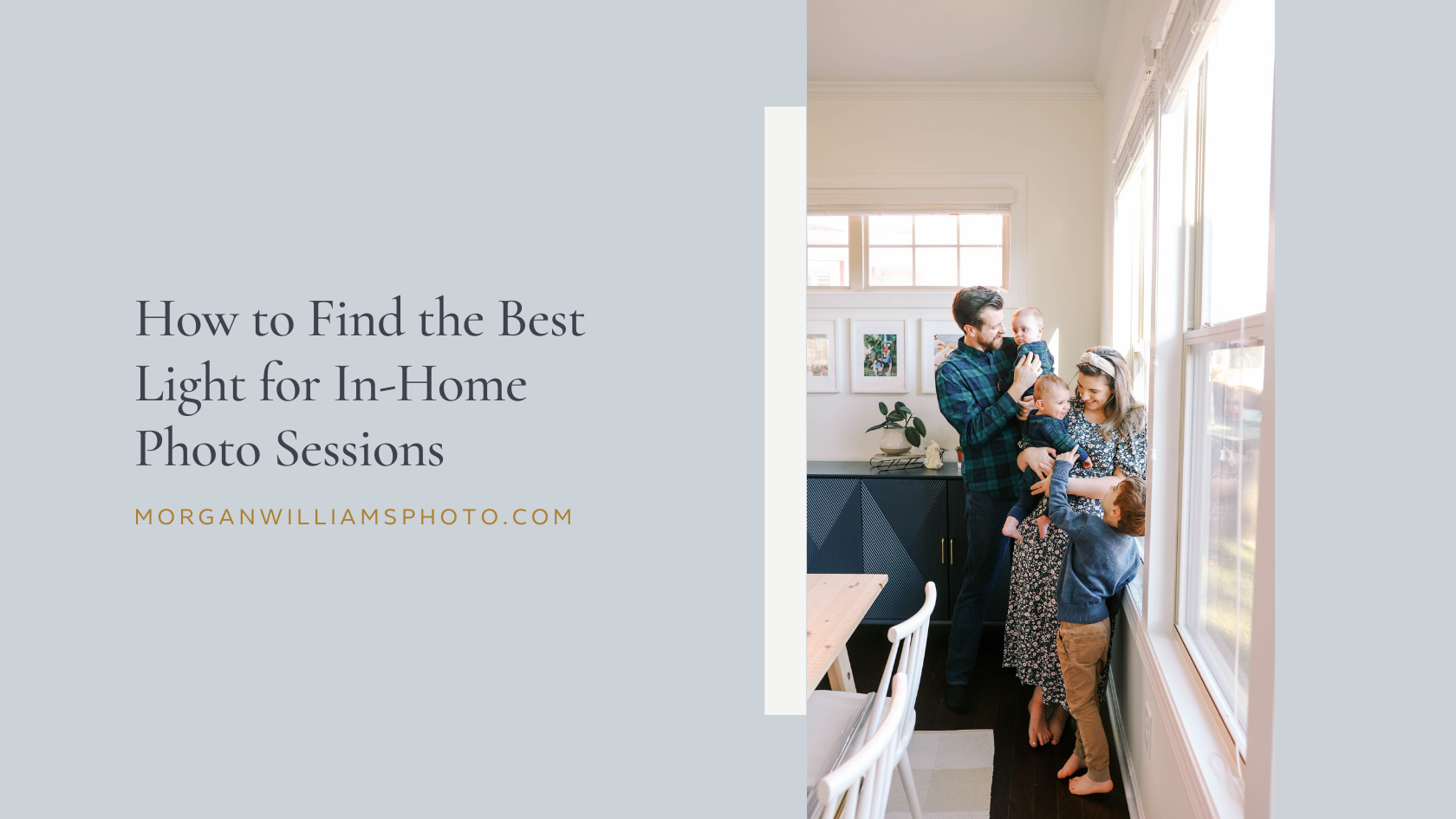
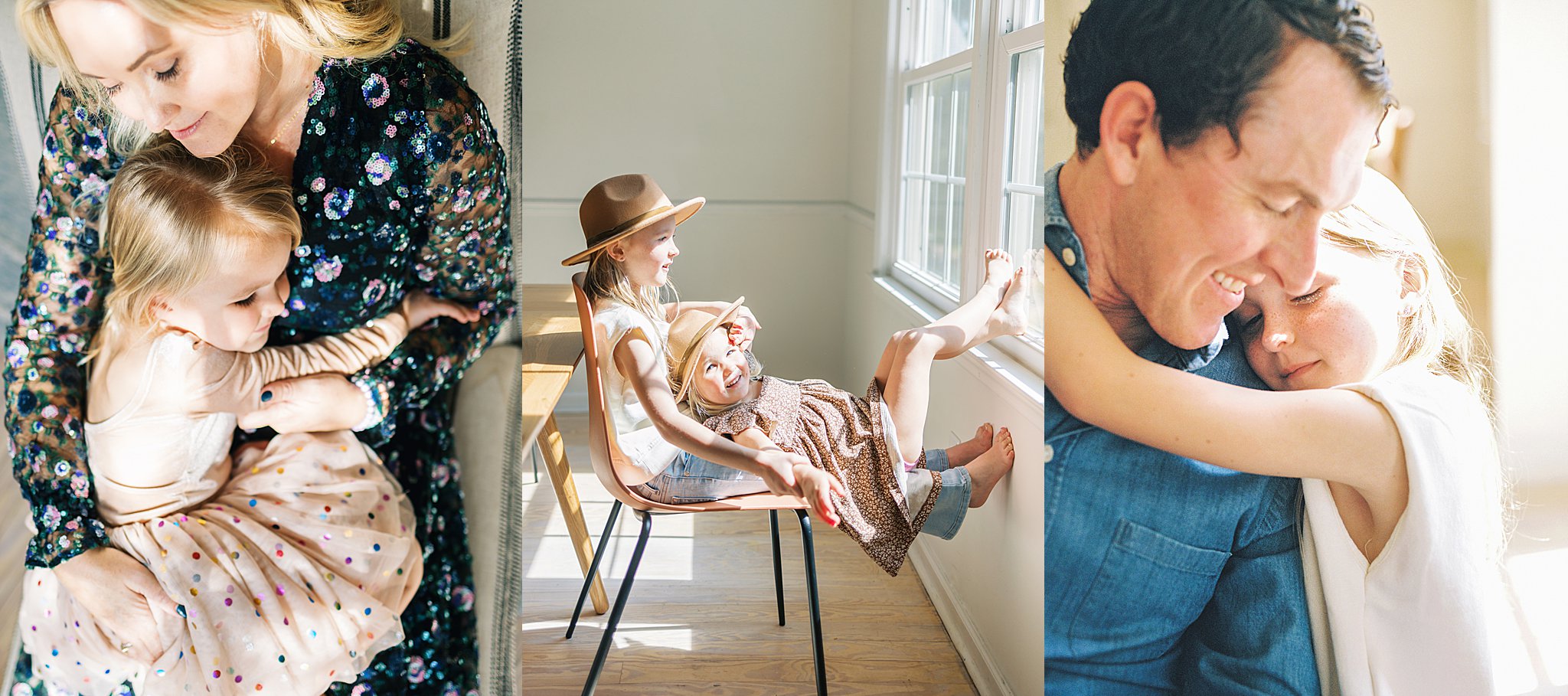
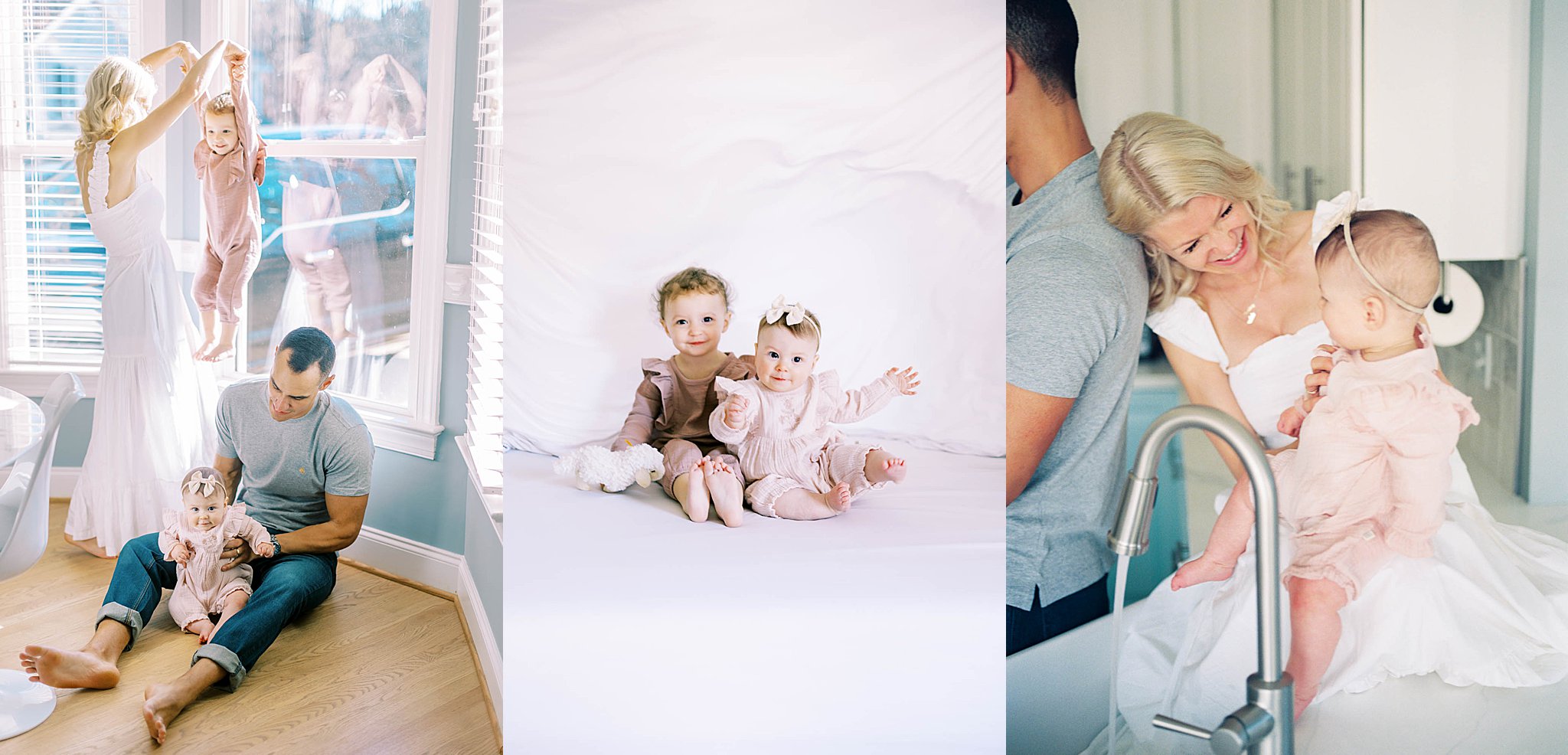
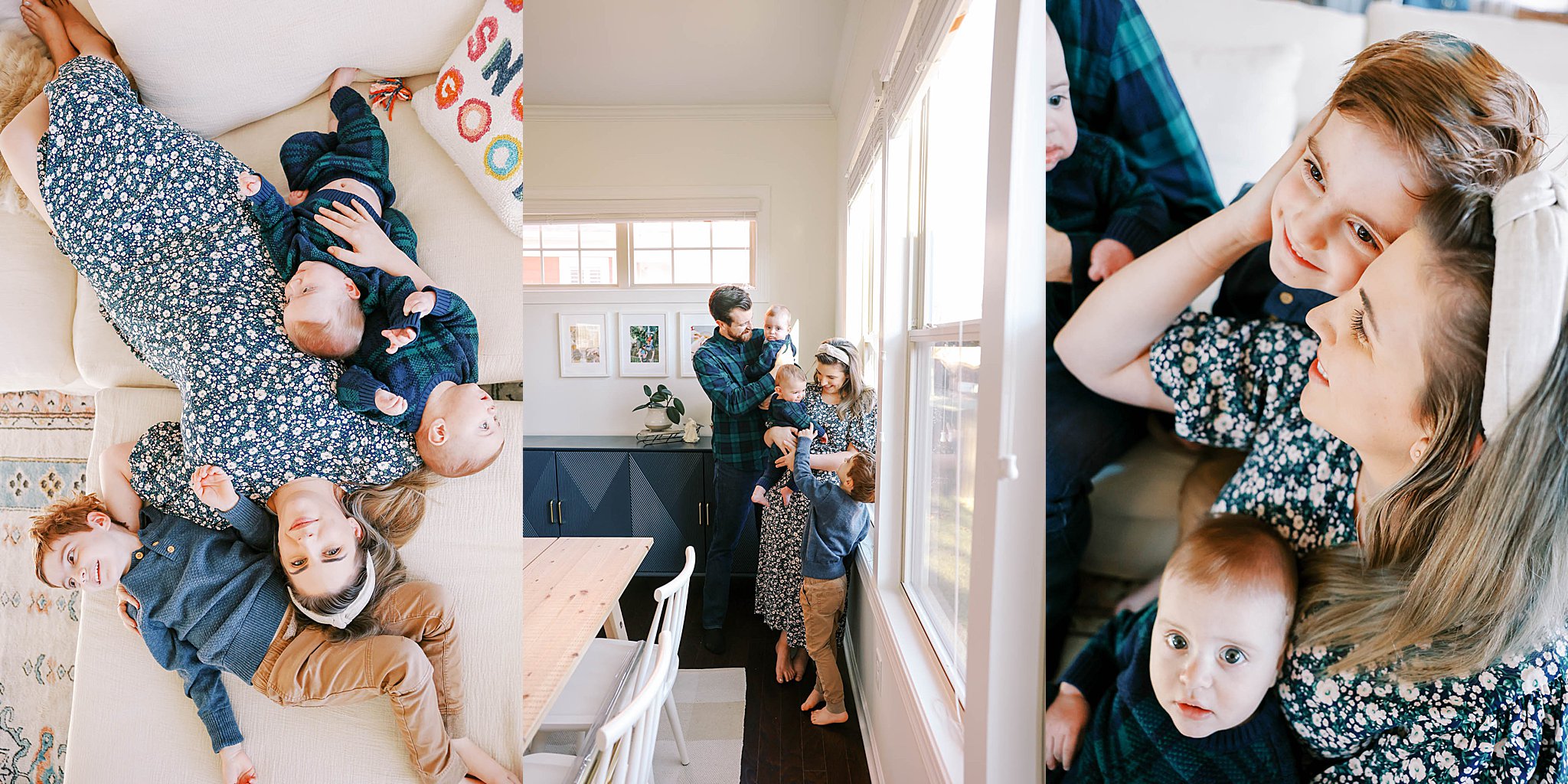
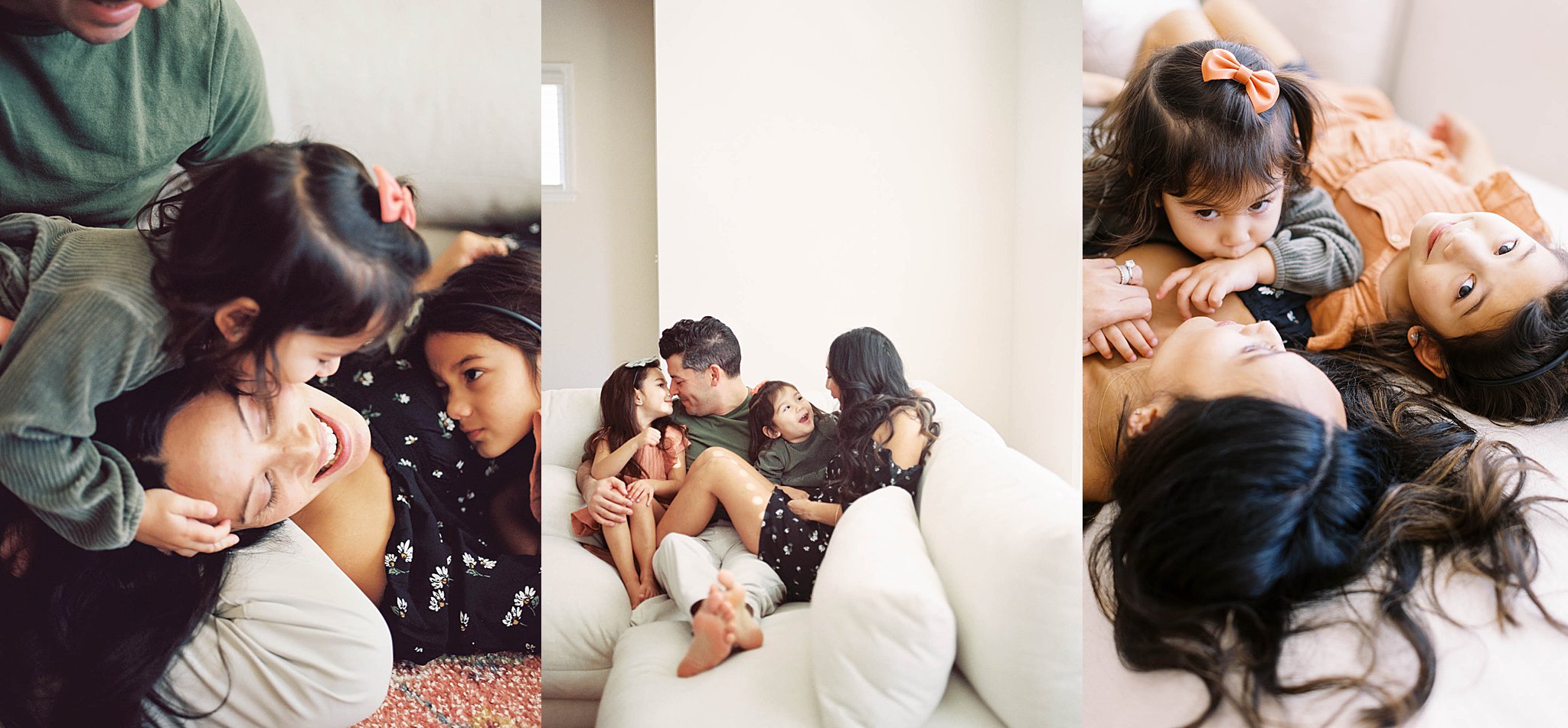
What is the highest iso you shoot indoors? And what kind of camera are you using?
I typically don’t go higher than 3200. And if I’m going that high it’s because I’m trying to document a significant room like the nursery during a newborn session. So even if I’m taking a few shots at 3200 just to document the room, I’m not going to hang out there for an extended period of time! I use a Canon R6 for my digital images. Let me know if you have any other questions!